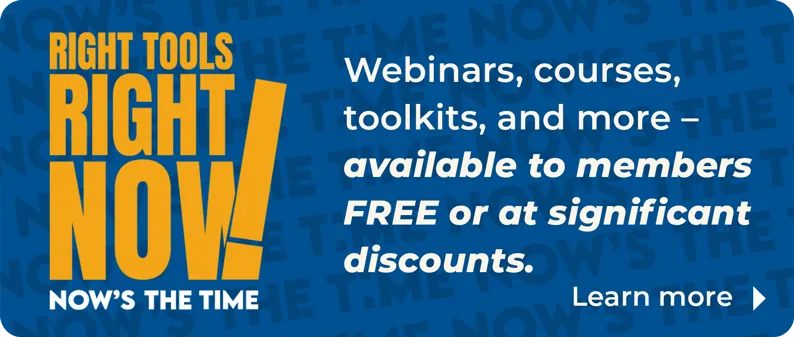- Recent housing price data at the national level suggests that while home price growth may be slowing, prices continue to increase at a strong pace—faster than what would be considered typical. Strong buyer demand and low inventories coupled with still relatively low levels of new construction are continuing to push prices up and keep housing market tipped in favor of sellers in most local markets. However, prices in some areas are creating affordability concerns that may dampen demand and slow the pace of increase in the months to come.
- The pace of home price growth still has a substantial way to go before it moves back to a rate that is sustainable. New construction is needed to help meet the continued strong demand from buyers in an economy where jobs are still being created and there is a low supply of homes for sale. Without an increase in new construction, affordability could cause a new housing crisis where would-be owners are held back by ever-rising rents, debt obligations such as student loans, and a lack of affordable housing supply.
- Various data sources are flashing the same rising price signals:
- Today, CoreLogic released their housing price index data for May 2016 which confirms that home prices continue to increase faster than incomes.[1] The national index grew by 5.9 percent year over year as measured by CoreLogic. This is a slight acceleration from the pace of increase measured in the last few months because the data has frequently been revised lower.[2]
- Last week, Case Shiller data showed that house prices rose roughly 5 percent in all three indices since April 2015. The national index gained 5.0 percent, while the 10-city composite rose 4.7 percent and the 20-city composite rose 5.4 percent year over year. Each area’s measured gain was 0.1 precent lower in April than March.
- Nearly two weeks ago, the Federal Housing Finance Agency (FHFA)and the National Association of Realtors® (NAR) reported price data for April and May.
- NAR data showed that prices grew at a 5.6 percent pace from April 2015 to April 2016. NAR also reported on new May 2016 data which showed a slight deceleration to 4.7 percent growth from one year ago.
- FHFA data showed that prices were up 5.9 percent in April from one year ago, slightly slower than the pace seen in March, but within the 5 to 6 percent pace seen in the last 15 months .
- Potential buyers and sellers should be sure to put the national numbers in the context of what is going on in their local markets. The fastest overall growth rates in the NAR data are in the West where prices rose 6.8 percent from one year ago. By contrast, NAR’s median price showed a slight decline in the Northeast.
- Case Shiller data show similar results. The strongest price growth was seen out West in Portland (12.3%), Seattle (10.7%), and Denver (9.5%) in the year ending April 2016. By contrast, Washington DC (1.9%), New York (2.6%), and Cleveland (2.9%) were the slowest growing markets. Data shows that sellers in these somewhat weaker areas may not have as much power to demand higher prices for their homes given the local market. How does your market compare to the national price trends?
- NAR reports the median price of all homes that have sold while Case Shiller, CoreLogic, and the Federal Housing Finance Agency report the results of a weighted repeat-sales index. Case Shiller uses public records data which has a reporting lag. To deal with the lag, Case Shiller data is based on a 3 month moving average, so reported April prices include information from repeat transactions closed in February, March, and April. For this reason, changes in the NAR median price tend to lead other indexes and may suggest that some relief in price growth could be on the horizon.

[1] Personal income increased at a 4.0 percent pace year over year in May, and while disposable personal income increased at a 4.1 percent pace, per person disposable income was up only 3.3 percent. These figures are in current dollars, not adjusted for inflation.
[2] May’s pace is a deceleration from the first-reported pace of increase in the previous few months. Per the methodology, CoreLogic price indices are “fully revised with each release.”








